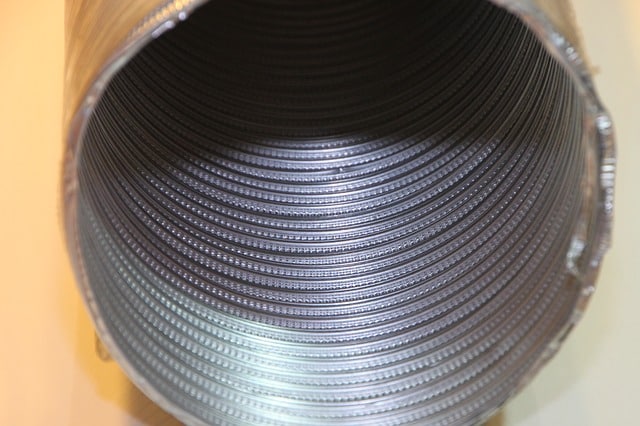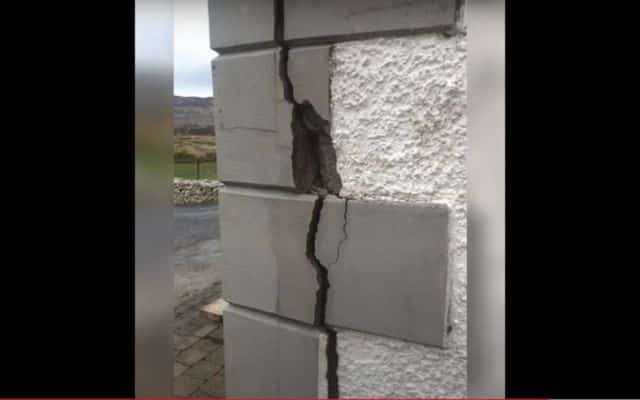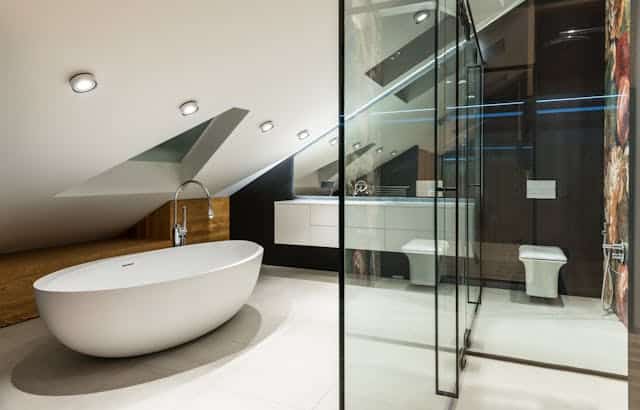The ROI building regulations are currently under review to make nearly zero energy buildings (nZEB) mandatory for all new builds by 2020. The changes, Selfbuild understands, are expected to make whole house mechanical ventilation a requirement for self-builds.
The details of the new energy efficiency (Part L) and ventilation (Part F) Technical Guidance Documents are expected to be published in draft form in the first quarter of 2018 as part of the public consultation process, Sean Armstrong of the ROI Department of Housing told delegates of the World nearly Zero Energy Buildings (nZEB) forum in Wexford yesterday (16 November 2017).
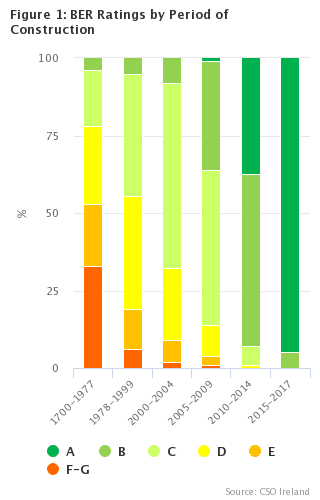
The most significant changes to Part L will therefore have to do with increasing the airtightness requirements for new builds. Selfbuild understands they will be tightened up from the current 7m3/hr.sqm at 50 Pa to the more commonly achieved figure, on site, of 3m3/hr.sqm. Another important aspect is setting a requirement to calculate thermal bridging; default values are acceptable in current regulations.
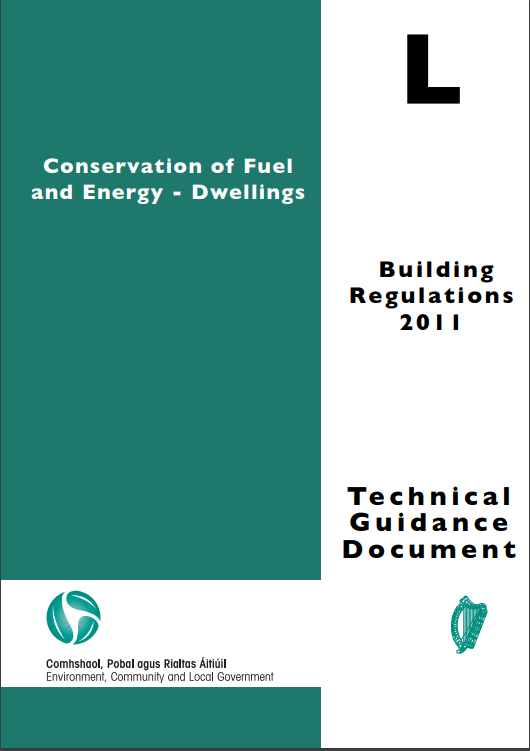
Ventilation
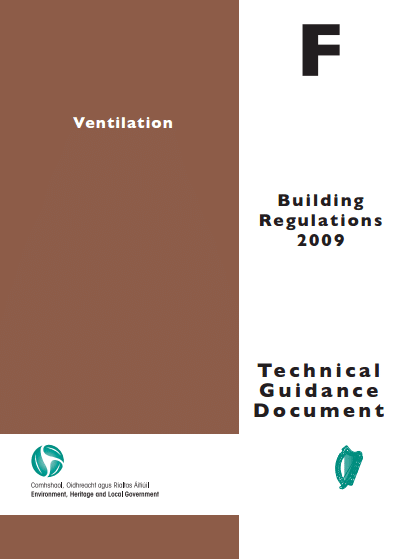
Part F currently makes provisions for natural ventilation, which in practice consists of introducing a set number of holes-in-the-wall or vents in windows.
This method has been criticised by design professionals because it tends to lead to draughts (and to subsequent blocking up of vents by occupants) and does not always ventilate to the level required at all times, especially in bedrooms which need more ventilation at night.
A study by Wexford County Council that was presented at the nZEB Forum, compared homes built to current building regulations standards (2011 energy efficiency requirements) with natural ventilation, to those built to the Passive House standard (a low energy methodology) with mechanical ventilation.
The houses built to the building regulations with natural ventilation had higher concentrations of CO2; carbon dioxide is a way to measure indoor air quality, higher levels mean lower air quality.

The other big difference between the regulations-compliant and the low energy homes was in the utility bills.
Interestingly, the consistency of the temperatures achieved throughout the day had more to do with how the occupants used the house than the construction method.
Furthermore, Wexford County Council’s Padraig O’Gorman told delegates that building to this higher threshold only cost about 2 per cent more than a minimum regulations compliant new build, a figure other speakers agreed was representative of the additional cost of building a nearly zero energy house today.
Renovations
There will be two ways for renovators who upgrade 25 per cent or more of their building fabric to prove compliance with the new Part L, Armstrong told Selfbuild. The method will be in line with how commercial buildings can prove compliance, by either opting for a menu of options or achieving a set standard such as achieving a value on the Building Energy Rating scale.
The level of energy efficiency required for buildings undergoing significant renovation will depend on a cost benefit analysis, which Armstrong told SelfBuild was currently being carried out by engineering firm Aecom.
The department’s latest cost-benefit analysis dates back to 2013 and at the time it indicated that achieving a B3 was cost effective but it is possible that the new study will recommend a better performing figure as low energy products have now become mainstream.
Time frame
Armstrong told Selfbuild he expects a January 2018 publication date for the consultation to Part L for Dwellings with a two month public consultation period, and hopes to be finalising the legislation within six months.
He expects the new regulations for dwellings to come into effect on the 1st January 2019.
Meanwhile Part L for Buildings Other Than Dwellings will passed into law this November, Minister Eoghan Murphy told delegated at the nZEB Forum, making those new rules mandatory from the 1st of January 2019. The public consultation for buildings other than dwellings was launched in March 2017.A 2020 date may therefore seem more likely for the new Part L for Dwellings to come into force, considering the consultation period will start in 2018.UPDATE 09/02/18: The Department of Housing tells Selfbuild the schedule for publication of Part L and Part F public consultation is end of March 2018.
